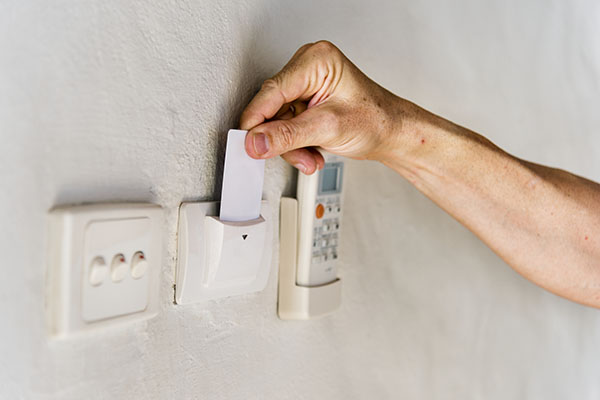The Basics Of Key Card Entry Systems

As time passes by, criminals find more ways to rob, kidnap, and trespass. This has become a serious problem, especially in the United States. In a year, there are over 2.5 million burglary cases just in America alone. The severity of this problem intensifies more since the breach in security does not only mean that things will be stolen. Kidnappings and ransom can happen and can even lead to murder. These kinds of incidents just show how important it is to keep your home secured. Unfortunately, locking them and even using a padlock is not enough anymore. Criminals these days are more persistent than ever. That is why tech companies invented a security system that tightens the security in a house or room. You can check out the Swiftlane Keycard Entry system for more information. To elaborate further, here is a short explanation of the keycard entry system and how it works.
What is a key card entry system?
A key card entry system is a system cloud-based system that allows one to access a room or unit using a key card. The user information is stored in the cloud, so it is easy to change information if needed. To understand how this system works, let us look into its components.
The power supply supplies power to the main panel. The card reader is connected to the panel. The panel communicates with the card reader, and the card reader communicates with the locking mechanism called the electric strike. When someone puts their card into the card reader, it communicates from the wire to the panel. The panel checks if this person has access to the door. If the person has access, the electric strike receives the signal from the panel through the wire and releases the lock.
How do key cards work?
The key card contains all the information needed for the system to know if you have access to the door or not. When you present the key card to the card reader, it performs an authentication process. The information in your key card is compared to the information that was set in the database. If the user information matches or exists in the database, the lock opens.
What are the main types of key cards?
RFID Proximity Cards
RFID or Radio Frequency Identification card uses radio waves to transmit the user information to the system. RFID can be used for long distances and does not need direct contact. This system communicates in one direction only, which is from the tag to the reader.
Swipe Cards
From the name itself, swipe cards are cards that are swiped into the reader to gain access. Unlike the Radio Frequency Identification Proximity Cards, you have to really put the card into the reader and swipe it. This small difference can be a hassle in certain situations. For example, when carrying a lot of things, you can't just tap the card on the reader. You have to swipe it, which takes more time and effort.
Why should you use a key card system?
The main advantage of key card systems is it provides better and more stringent security compared to the traditional doorknob and key. In case you lose your card, you do not have to worry about another person gaining access to your door. You just have to set your central system to deny access to the lost card. So even if another person has the key card, once you have disabled the key, the lock does not give access, and disabling them does not take a long time. Unlike traditional locks, you cannot pick the lock in this system since it is more high-tech and secure. You don't have a doorknob to pick into.




